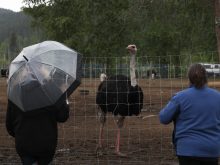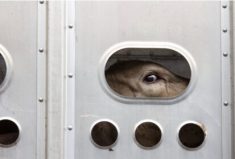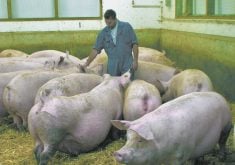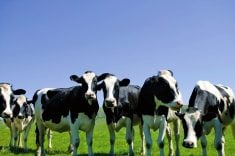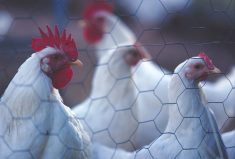Dairy farmers in Canada remain on guard for signs the virus may have turned up in their herds as mandatory testing for Highly Pathogenic Avian Influenza (HPAI) came into effect on April 29 for all cattle moving across state boundaries in the United States.
So far for the large-animal veterinarians serving southwestern Ontario’s Kirkton Veterinary Clinic, however, there have been no requests to test sick animals, nor any on-fam observations of cattle possibly infected with the virus.
Why it matters: HPAI is a reportable disease under federal regulations, most notably due to its status as a “zoonotic” disease capable of transmission to humans.
Read Also
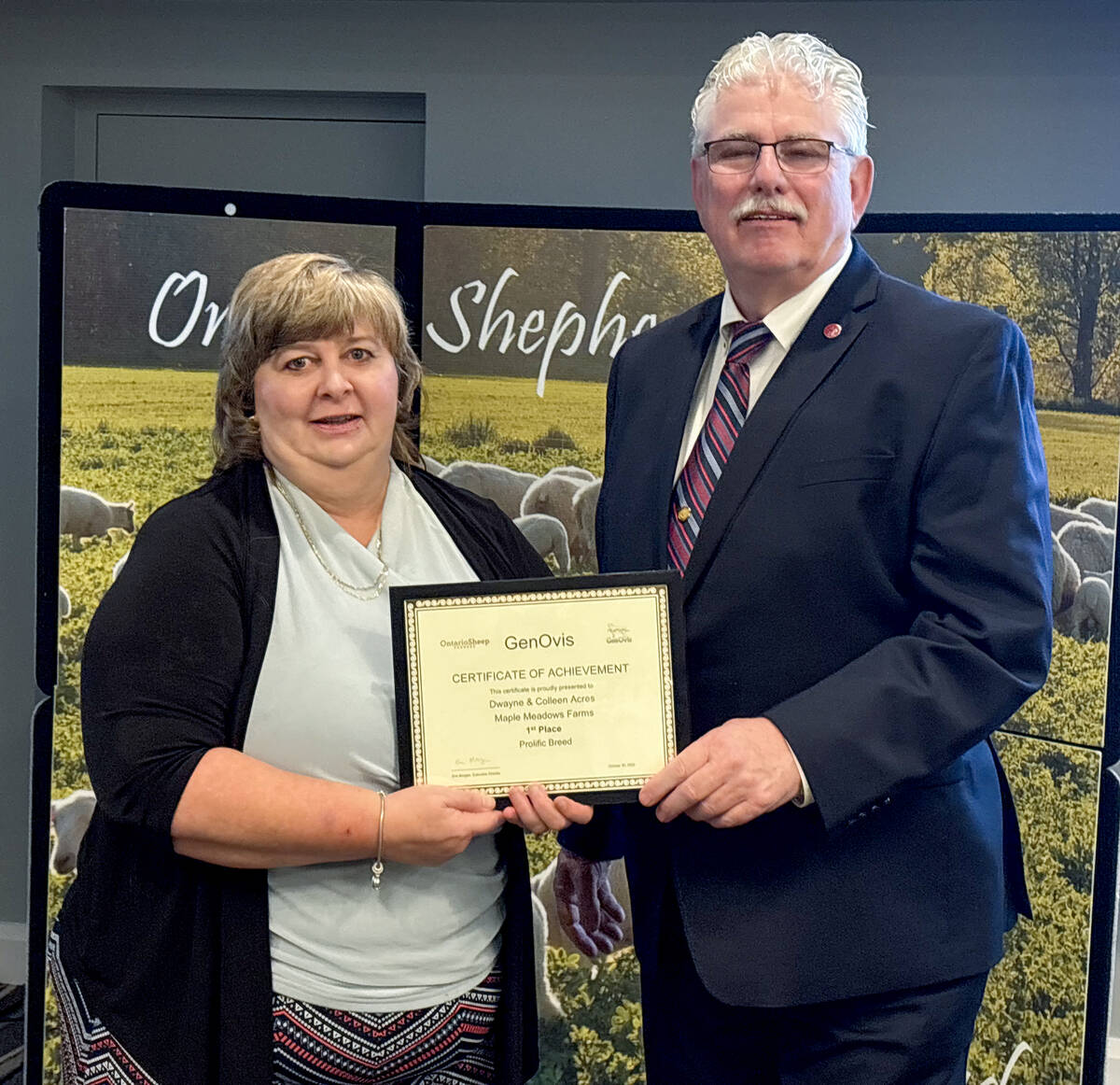
GenOvis awards presented at Ontario Sheep Farmers’ annual meeting
Producers and youth were recognized for their contributions during the Ontario Sheep Farmers’ annual GenOvis and leadership awards.
“Our clinic has not had any herds that have displayed signs consistent with H5N1 (the strain of avian influenza behind a global outbreak that began in 2022 and has caused devastating effects on domestic poultry operations),” Dr. Robyn Elgie reported to Farmtario in early May. Elgie provided comments as a former executive member of the Ontario Association of Bovine Practicioner
So far in the U.S, positive tests on cows have been reported in 36 herds in nine states since the middle of March. The bovine outbreak began on dairy farms in Texas, most likely contracted from pigeons and blackbirds that were found dead in those locations. Barn cats and one human employee have also tested positive in Texas.
Neither the numerous bovine cases nor the single confirmed human case resulted in major symptoms, but according to Elgie, “one of the reasons H5N1 is a reportable disease is because it is zoonotic. This means people can acquire the virus and become sick from infected animals.”
In this current outbreak of HPAI, some human cases contracted through domestic poultry, including during barn cleanout after flocks had to be euthanized, have caused more significant illness than the Texas case.
In conjunction with the U.S. federal order to test all state-to-state bovine transport, the Canadian Food Inspection Agency (CFIA) confirmed in late April that all cattle coming across the Canada-U.S. border will also be tested.
But given that this outbreak first travelled across the Atlantic with migratory birds, producers remain on guard.
“I have had many producers bring up the subject while I am at their regular herd visit,” Elgie said. “From the questions I have received, many producers are still unsure of what clinical signs they might see in their cattle or what impact it will have on the cattle and their farm.
“This is fair; from what we have learned so far some of the signs are not always consistent animal-to-animal.”
Many Ontario cattle are housed primarily indoors, she noted, meaning “there may be less direct exposure to migratory birds and waterfowl and their associated excrement than farms where a large majority of animals are housed outdoors,” as in Texas.
She cautioned, however, that “many barns in Ontario experience significant bird populations indoors where the cattle are housed, so there is still reasonable potential for exposure.”
Feed storage, Elgie added, “is also a common area on Ontario farms where birds congregate,” and represents “a reasonable risk because of potential bird excrement directly into the feed which animals will consume.”
Echoing the messages already distributed to the province’s dairy producers through Dairy Farmers of Ontario and Dairy Farmers of Canada, she encouraged them to follow CFIA guidelines.
“The expression of H5N1 in cattle is still very new,” Elgie said. “We are still learning with respect to this disease in cattle. As we gain more information the risk factors, clinical signs and followup management will likely evolve.”






